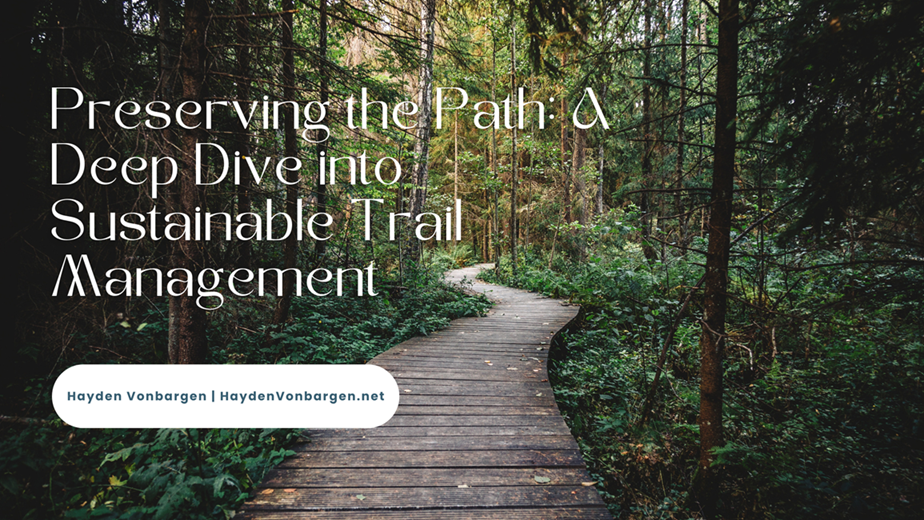Trails are beyond mere pathways through nature; they’re gateways to exploration, offering communion with the environment while fostering physical and mental well-being. However, their popularity creates a paradox: the footprints connecting us to the outdoors can degrade and damage the natural landscapes we seek to enjoy. Enter sustainable trail management—a crucial endeavor that harmonizes human interaction with the environment, ensuring trails remain inviting, accessible, and ecologically balanced for future generations.
Understanding Sustainable Trail Management
Sustainable trail management is the art and science of designing, constructing, maintaining, and preserving trails to minimize environmental impact while accommodating recreational use. It’s about balancing the desire to experience nature and the responsibility to protect it. Such management involves a delicate interplay of factors: assessing ecological impact, understanding user needs, employing suitable materials, and implementing maintenance strategies that sustain the trail and its surrounding ecosystem.
The Importance of Sustainability
At its core, sustainability in trail management safeguards biodiversity, prevents erosion, and conserves natural resources. Trails, when not properly managed, can contribute to soil erosion, habitat fragmentation, and disruption of wildlife corridors. Sustainable practices mitigate these impacts, ensuring that the trails enhance, rather than detract from, the beauty and health of the natural environment.
Design and Construction
One of the fundamental aspects of sustainable trail management lies in the meticulous planning of trail layouts and construction methods. By leveraging the natural terrain and employing techniques like switchbacks to reduce steepness, trails can minimize erosion and preserve the landscape’s integrity. Using durable yet environmentally friendly materials ensures longevity while reducing the need for frequent repairs that disrupt ecosystems.
Maintenance and Restoration
Regular maintenance is the lifeblood of sustainable trail management. It involves erosion control, vegetation management, and addressing user impacts. Restoration efforts aim to rehabilitate degraded areas, allowing ecosystems to heal and thrive. Trail rerouting or closures might sometimes be necessary to protect sensitive habitats and species.
Community Engagement and Education
A crucial element of sustainable trail management is engaging and educating the community. Outreach programs, workshops, and volunteer opportunities foster a sense of stewardship among trail users and instill an understanding of the delicate balance between human recreation and environmental preservation.
Challenges and Innovations
Despite the noble goals of sustainable trail management, challenges persist. Balancing increasing trail usage with conservation efforts requires innovation. Technologies like geospatial mapping, trail sensors, and advanced erosion control methods offer promising solutions. Collaboration between environmentalists, trail builders, and community stakeholders is vital to tackle these challenges effectively.
Conclusion
Preserving the path through sustainable trail management is a complex endeavor that demands a holistic approach. It’s not merely about building and maintaining trails but about nurturing a relationship between humans and nature that thrives on mutual respect and responsible interaction. By moving toward sustainable practices, we can ensure that our trails remain not just routes to adventure but also sanctuaries where nature flourishes alongside our exploration.

